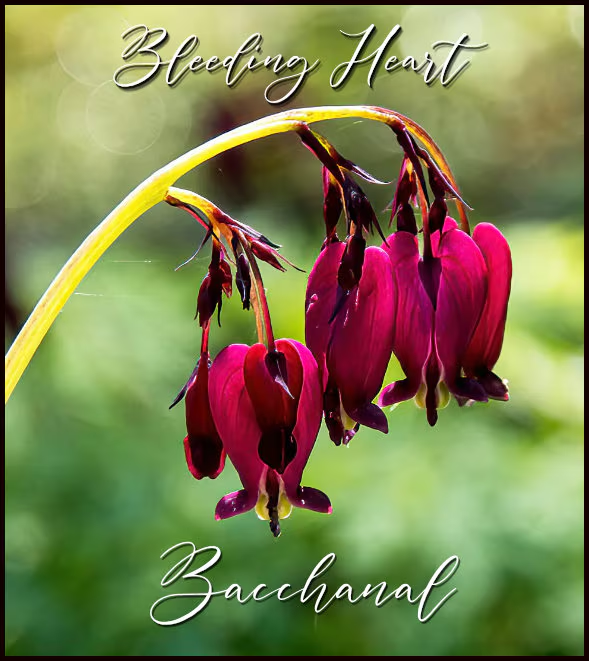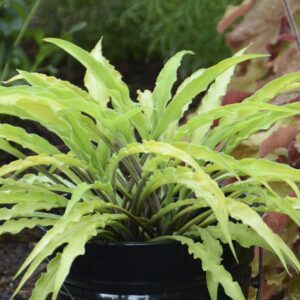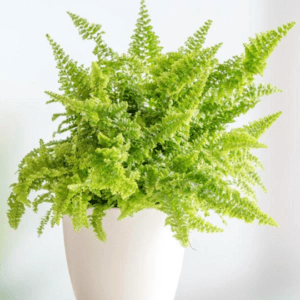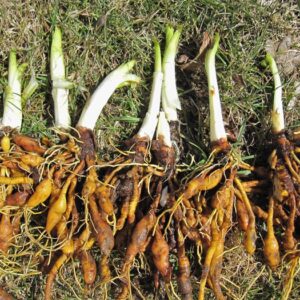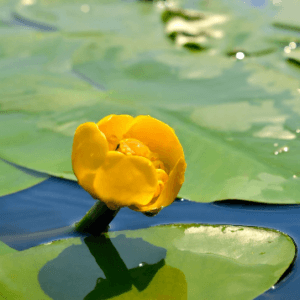Description
The Bacchanal Bleeding Heart is a stunning perennial known for its graceful, heart-shaped flowers and dramatic color. They feature deep, rich red flowers with a slight pink tint, adding a more vibrant contrast compared to the traditional white or pink varieties. It’s an elegant plant for shady or woodland gardens, known for its delicate appearance and ability to thrive in cool, moist environments.
Ideal Growing Conditions:
Light: Partial to full shade. It thrives in shaded or dappled light, though it can tolerate some morning sun in cooler climates.
Soil: Moist, well-drained, and slightly acidic to neutral soil. It prefers rich, organic soil that holds moisture without becoming soggy.
Water: Regular watering to keep the soil evenly moist, especially during dry spells. Avoid overwatering, as standing water can lead to root rot.
Temperature: Hardy in USDA zones 3-9, making it suitable for a wide range of climates, from cooler northern regions to more temperate southern zones.
Maintenance: Low-maintenance. Remove spent flowers to improve the appearance and possibly encourage a second flush of blooms. Cut back foliage in late fall or early spring after it has died back.
Dormancy Timeline:
Late Spring/Early Summer: The plant finishes blooming and starts to lose its leaves. As the days get warmer, it conserves energy by entering dormancy.
Summer (June-July): The foliage gradually fades and wilts. By late summer, most of the plant’s above-ground parts have died back.
Fall (October-November): By fall, the plant is fully dormant, and its roots are resting underground. In colder climates, it may completely die back to the ground.
Care During Dormancy: During dormancy, the plant requires little attention. It’s important to avoid overwatering, as the roots are inactive. In late fall or early spring, you can trim away any dead stems and leaves to make way for new growth when it re-emerges in the spring.
Reemergence: As temperatures warm up in early spring, the plant will begin to sprout fresh shoots from the roots, signaling the end of dormancy and the start of the new growing season.


